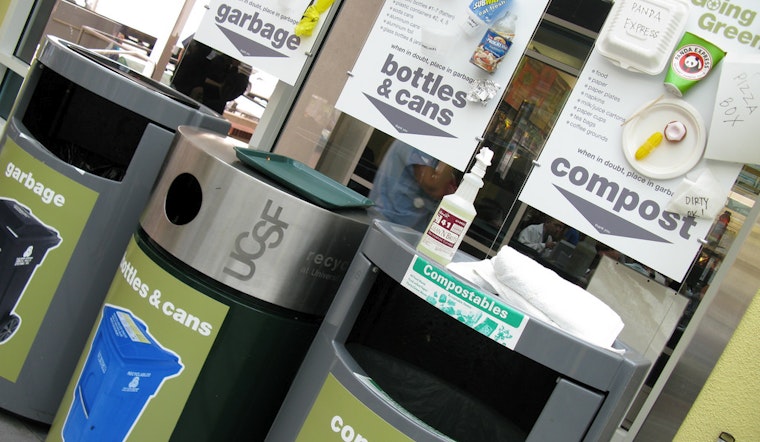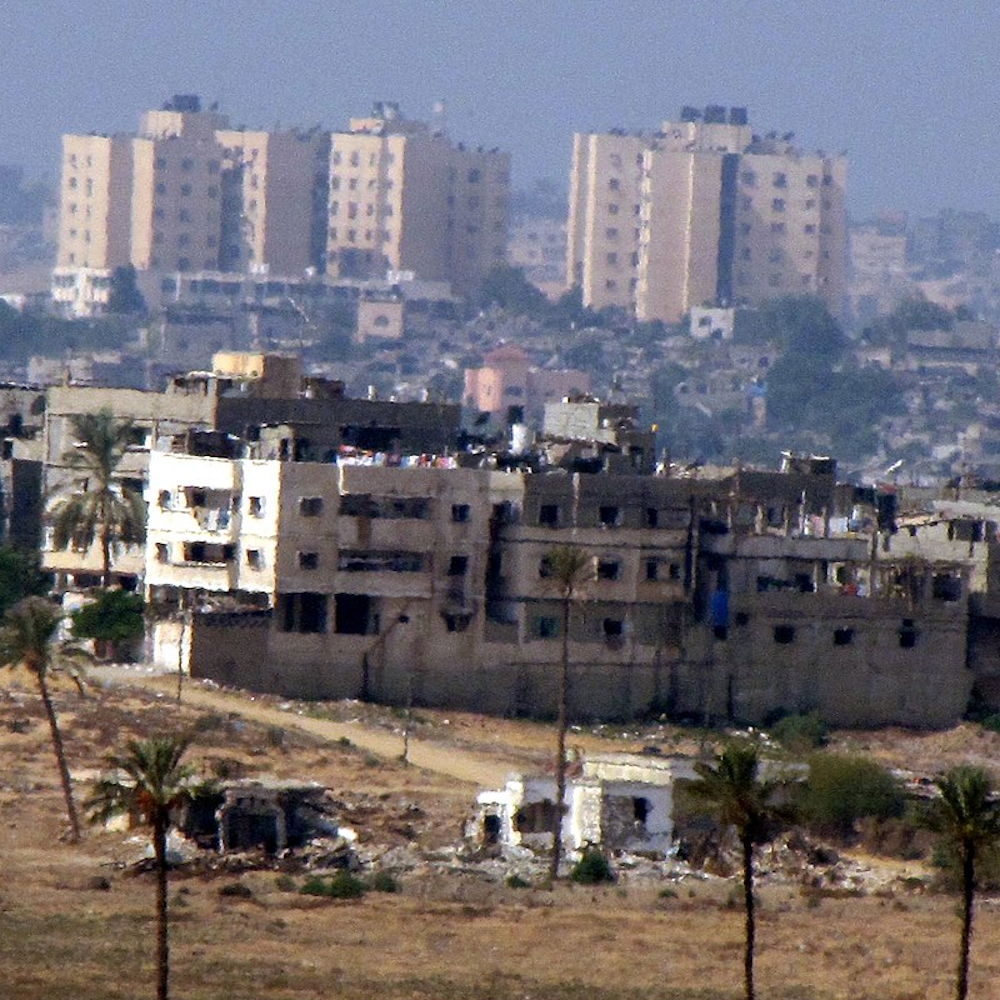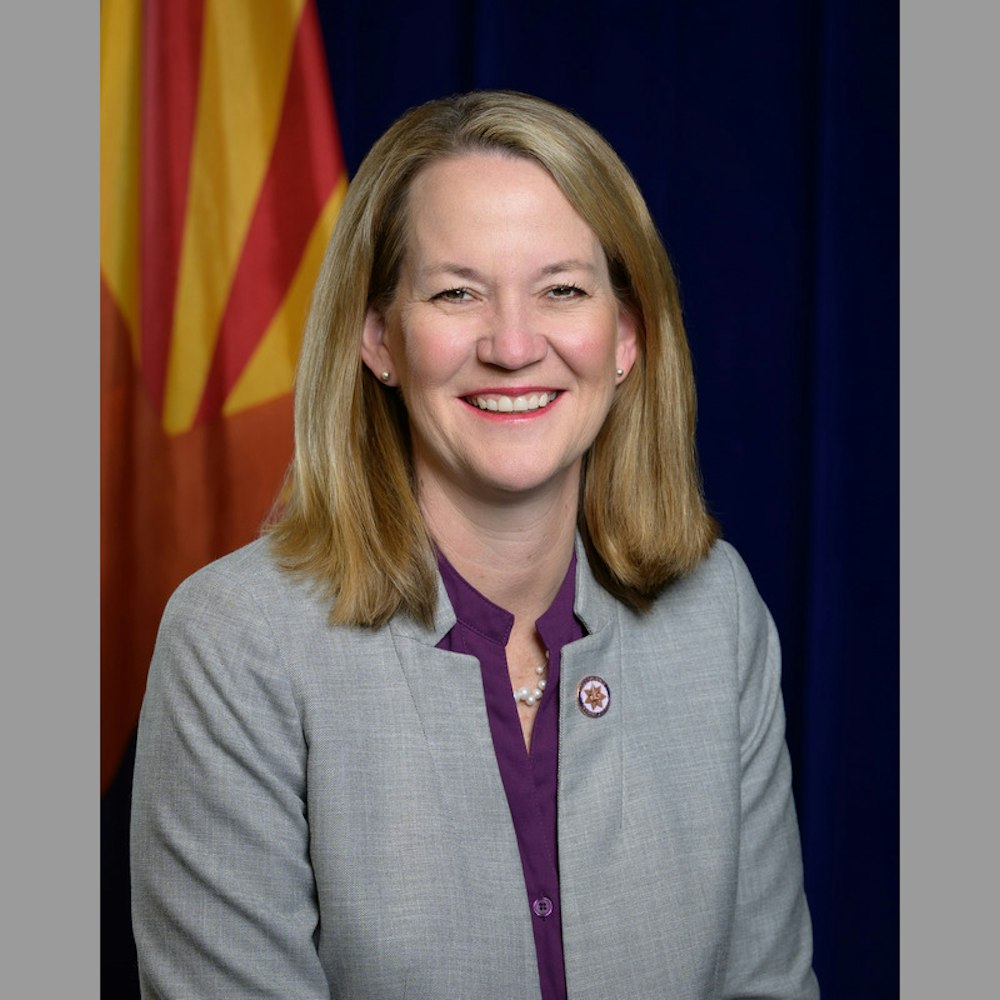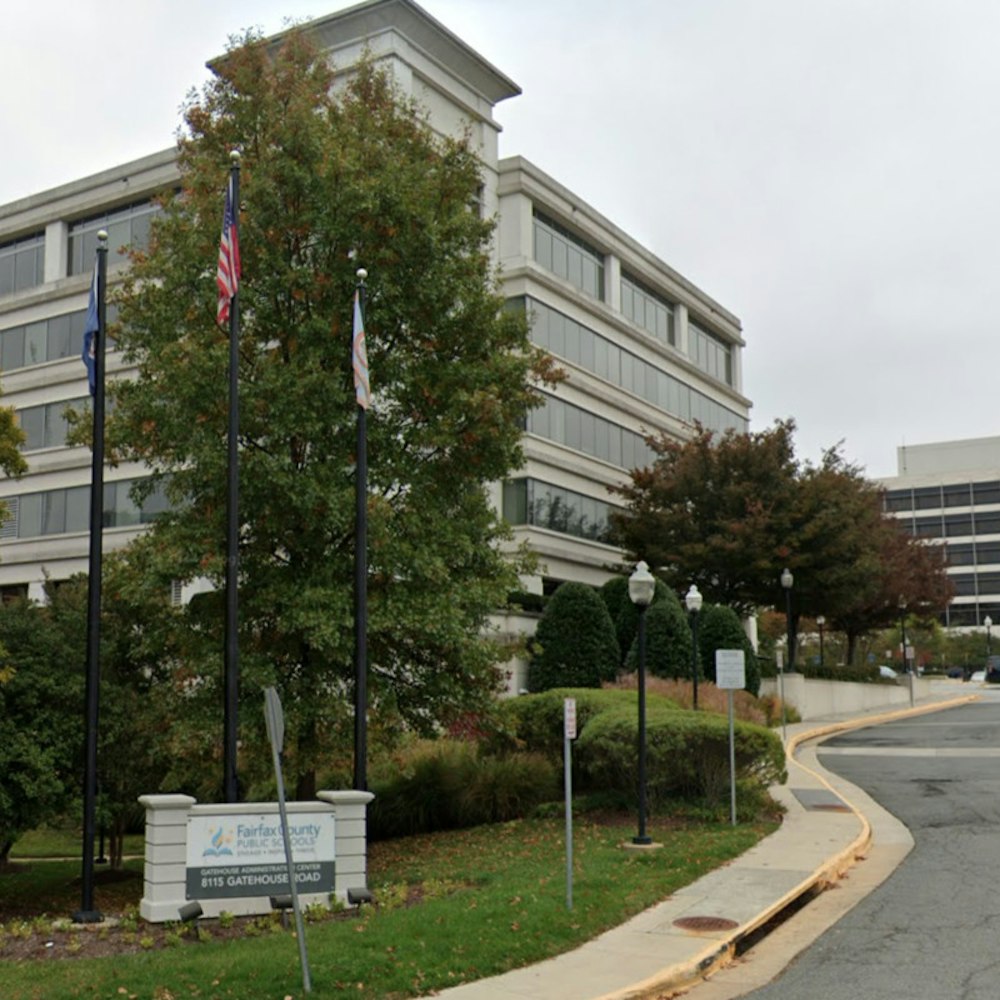
While federal officials may be signaling a reduced commitment to reducing greenhouse gas emissions at the national level, San Francisco has reached an ambitious goal to reduce greenhouse gases locally two years ahead of schedule, city officials said Tuesday.
Recently compiled figures show the city's overall greenhouse gas emissions had fallen to 28 percent below 1990 levels by 2015.
That achievement came two years ahead of a goal, set in 2008, to hit 25 percent below 1990 levels by 2017, and puts the city on track toward its ultimate goal of an 80 percent reduction by 2050, officials said Tuesday.
It also came during a period when the city's population increased 19 percent and its gross domestic product increased by 78 percent.
"As the federal government rolls back efforts curbing harmful greenhouse gas emissions, this city will continue to push forward and demonstrate what is possible," said Mayor Edwin Lee. "San Francisco is proof that you can have a strong economy while being environmentally responsible."
Debbie Raphael, director of the city's Department of the Environment, attributed the reduction to a combination of state, regional and local efforts to increase building and energy efficiency standards, invest in transit and move to cleaner vehicle fuels and energy sources.
"We are looking very carefully at every source of emissions and asking, is it necessary to keep emitting carbon dioxide, or can we find another way of doing business?" Raphael said.
"And when you ask that question over and over again, you uncover tremendous opportunities to change the way we live without sacrificing the quality of our lives," she said.
Changes such as the shutdown of two energy plants in the late 1990s and early 2000s and a move to power-docked cruise ships with city power instead of diesel have played a part in the reduction.
However, city officials said the two main sources of emissions in San Francisco are buildings, both commercial and private residential, and transportation.
Policy changes to address those areas include standards requiring much higher levels of energy efficiency for new buildings. The city has also provided incentives and some financial assistance for property owners to upgrade the energy efficiency of more than 3,700 existing buildings.
The city also last year launched CleanPowerSF, a program allowing residents and businesses to get their energy from 100 percent renewable energy sources.
In the critical area of transportation, the city has switched its fleet to renewable, lower-emission diesel fuel. It has also invested in public transit at the city and regional levels and worked to encourage bicycling, officials said.
At the state level, utilities are not required to increase the amount of energy they obtain from renewable sources, and fuel standards have reduced the amount of emissions produced by gasoline-powered vehicles.
The city's compost program also plays a role, by reducing the amount of emissions produced by waste, officials said. —Sara Gaiser








